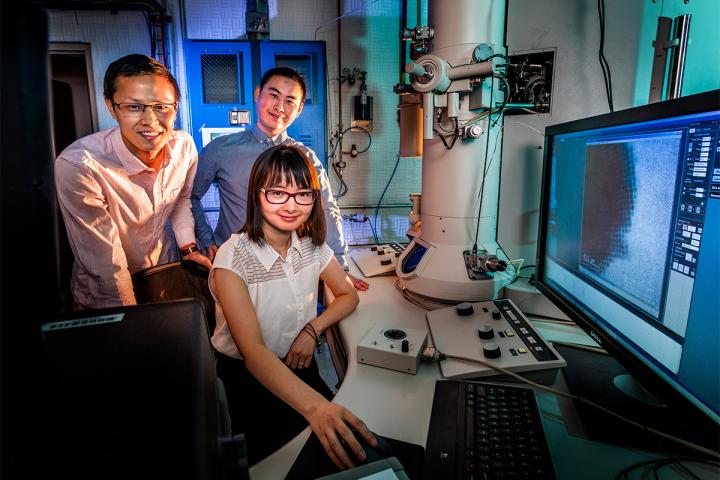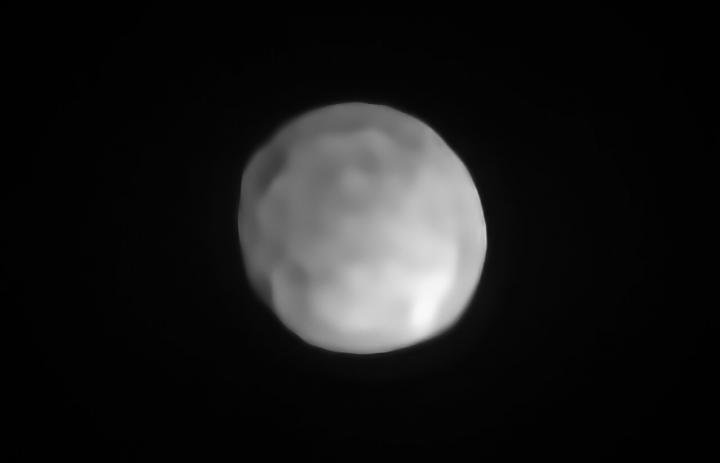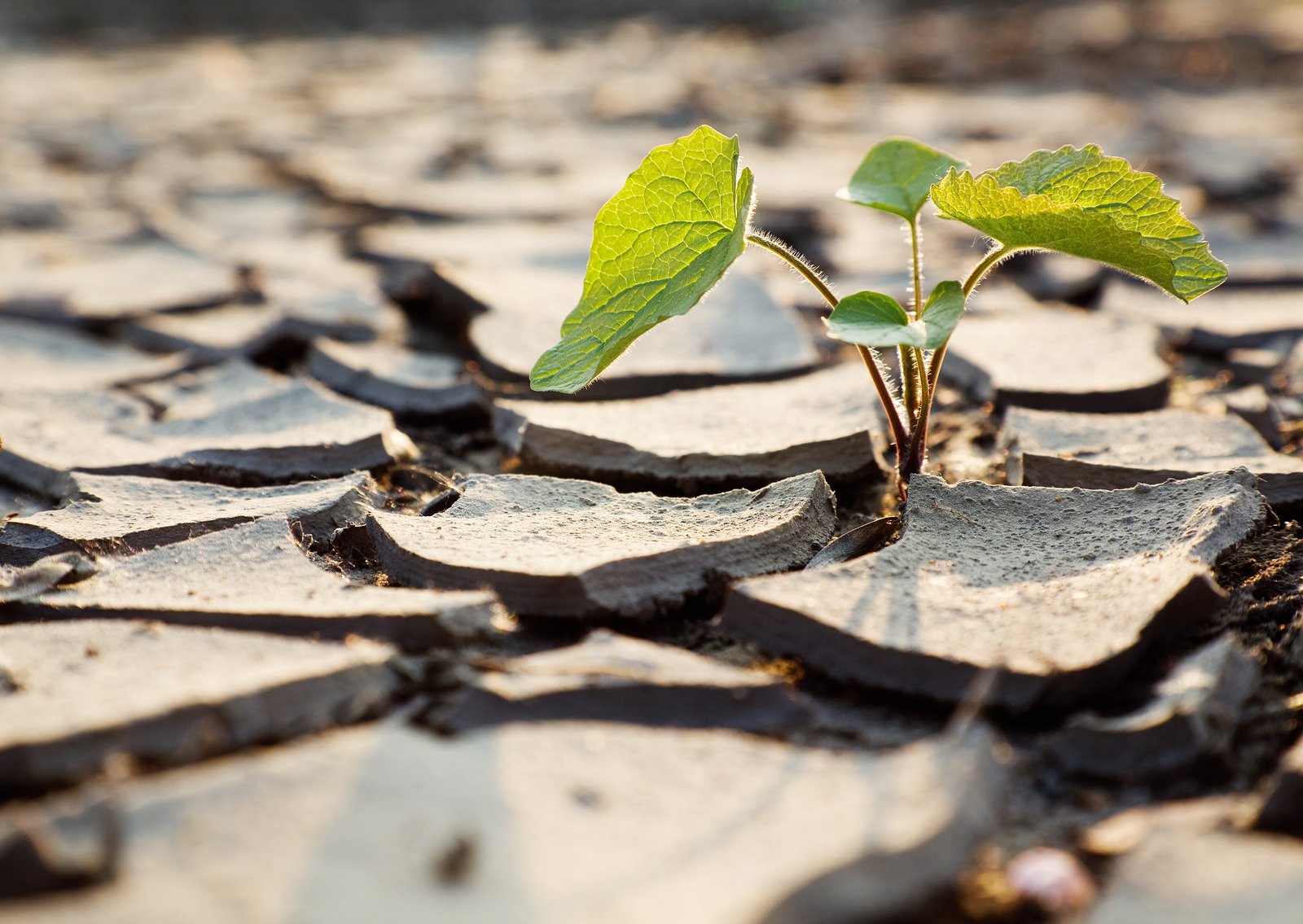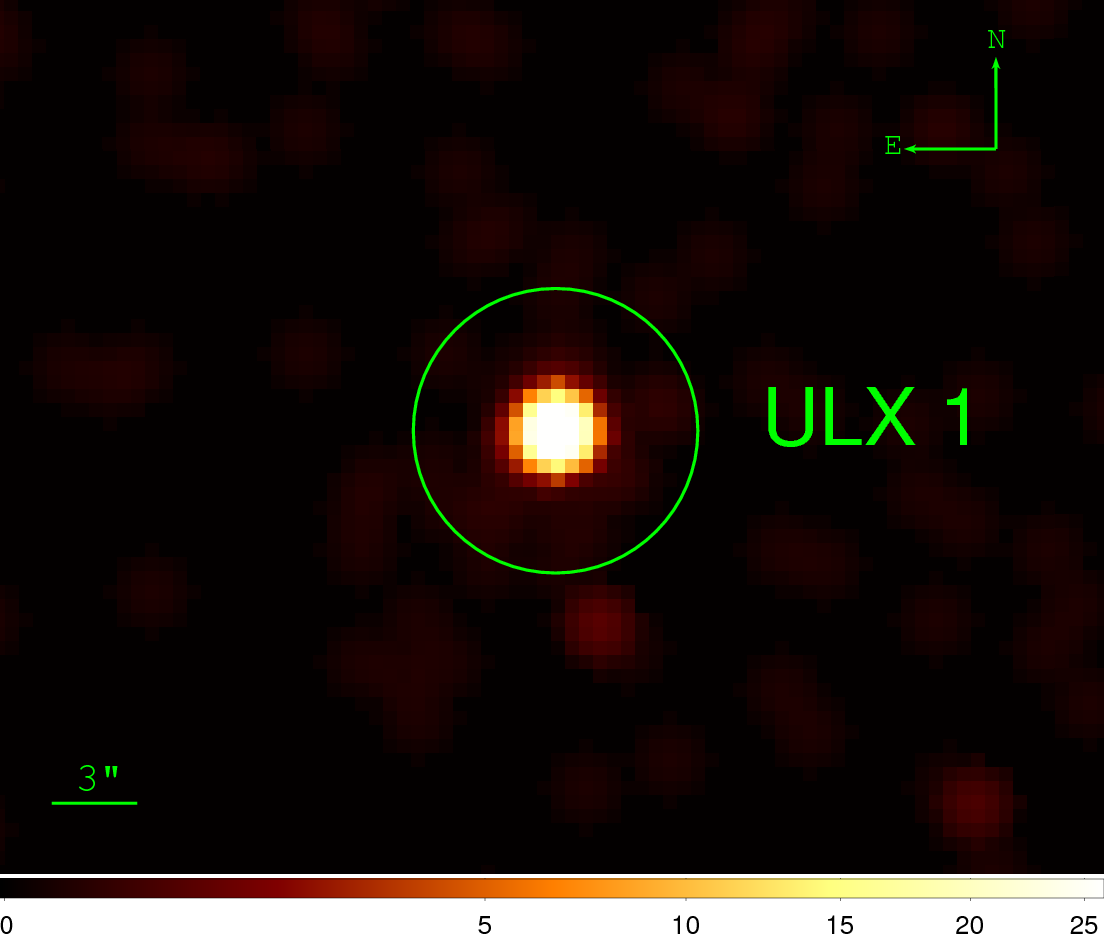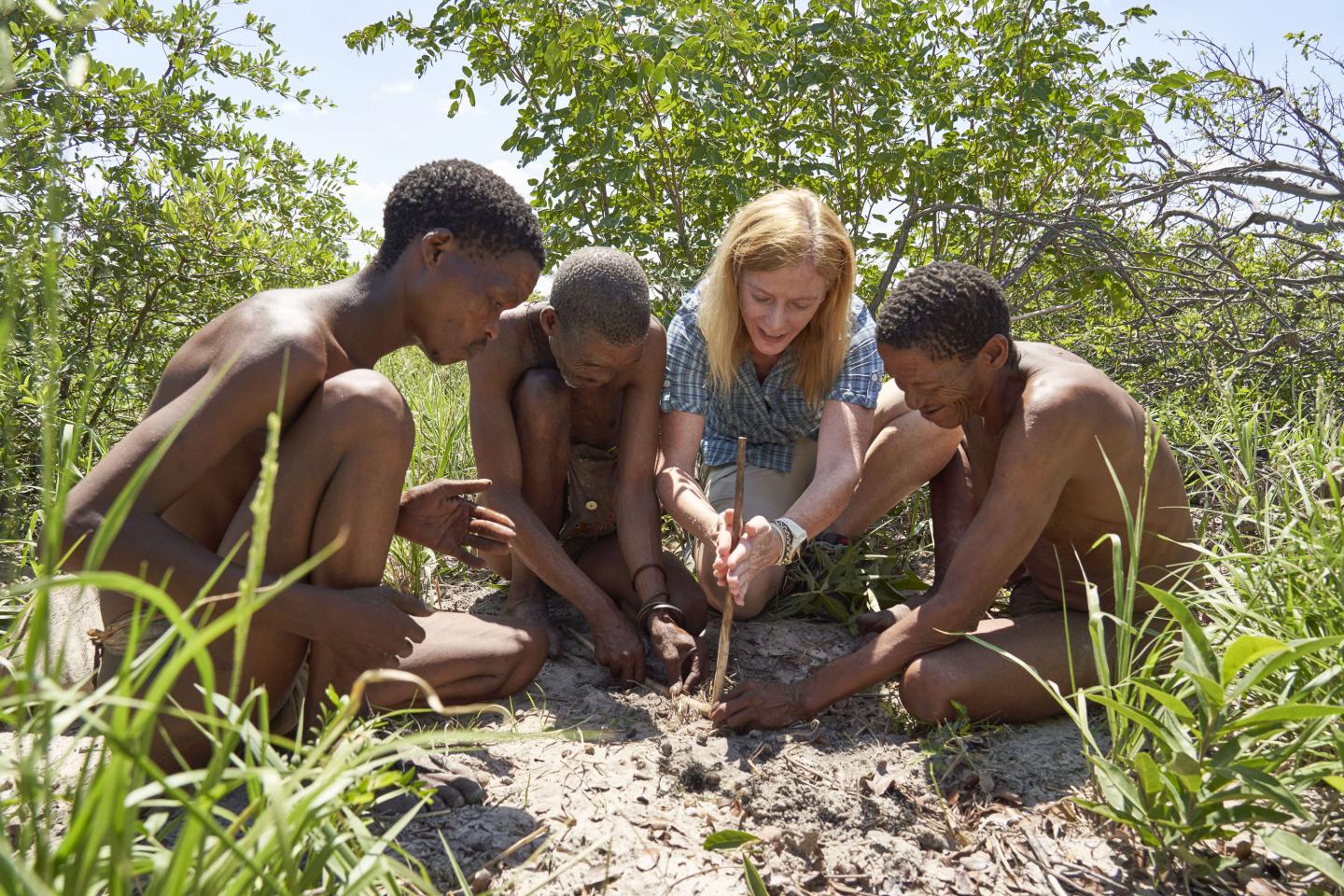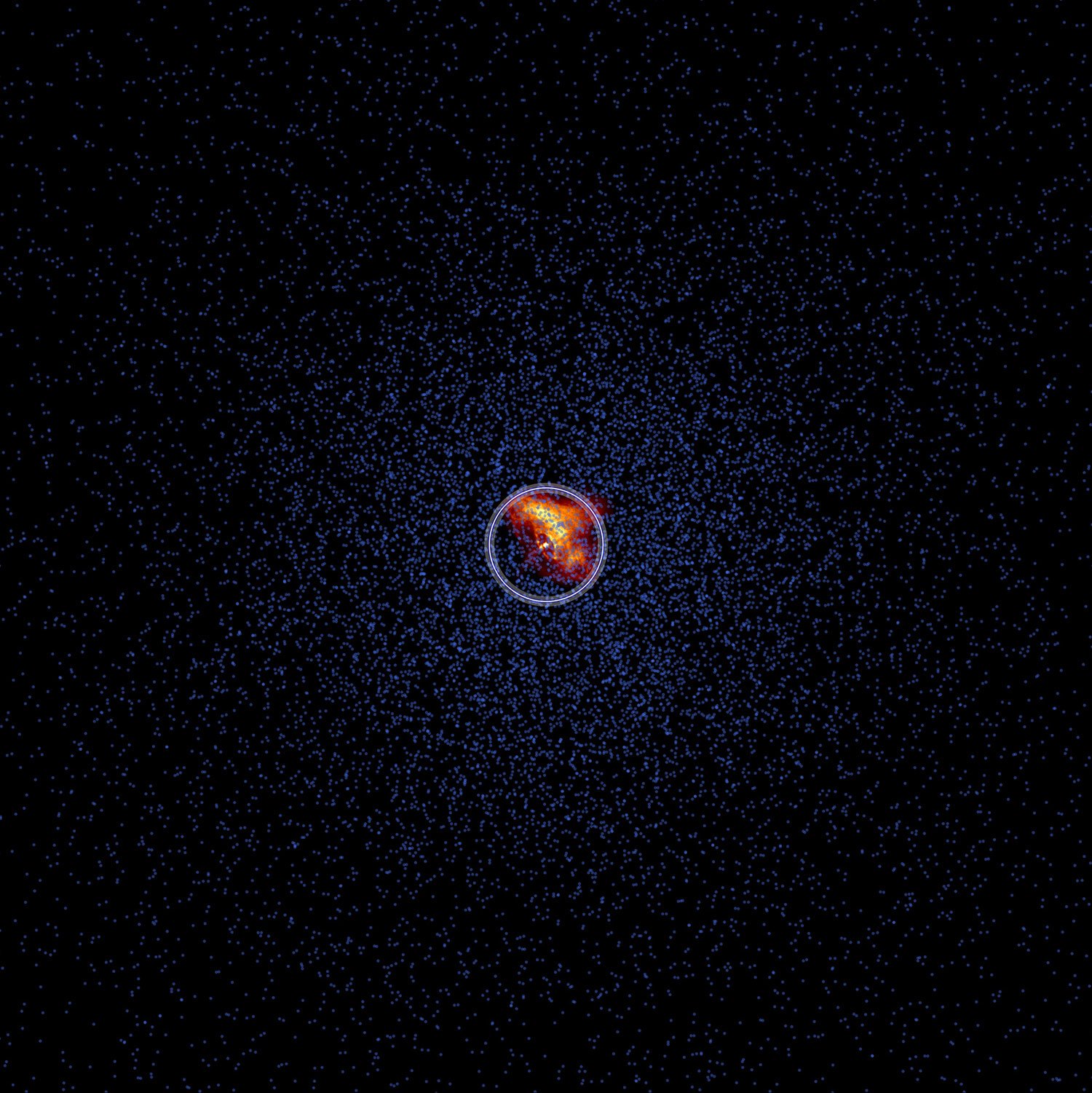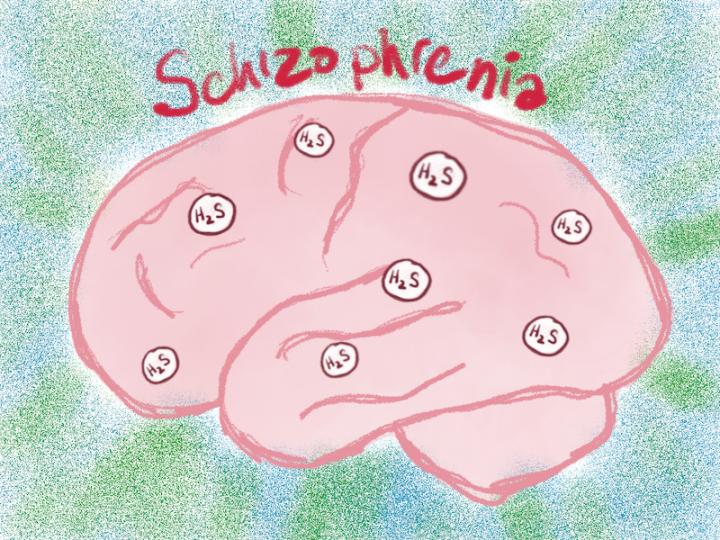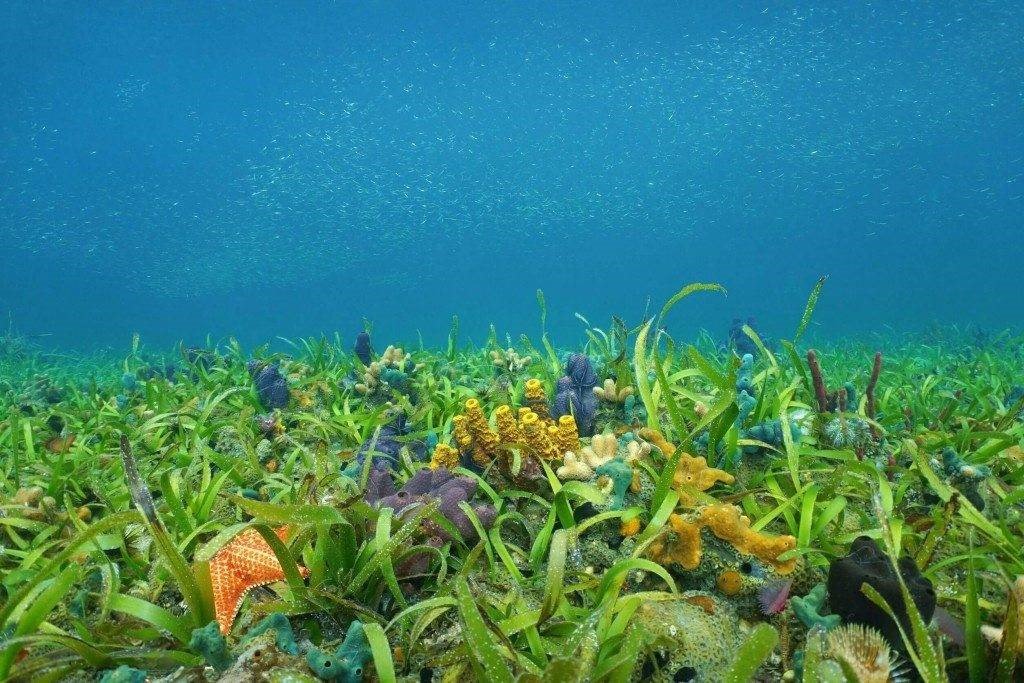Crystallization clarified, researchers report
Researchers from the University of Illinois at Urbana-Champaign and Northwestern University have made it possible to observe and simulate the self-assembly of crystalline materials at a much higher resolution than before. Using computer modeling and an imaging technique called liquid-phase electron microscopy, the team pinpointed the individual motions of tiny nanoscale particles as they orient themselves … Read more
